Postcards from the Gameworld
Gabriel Massan’s gorgeous adventure game incorporates NFTs as player souvenirs, rather than using the blockchain to elaborate on the game’s collaborative spirit.
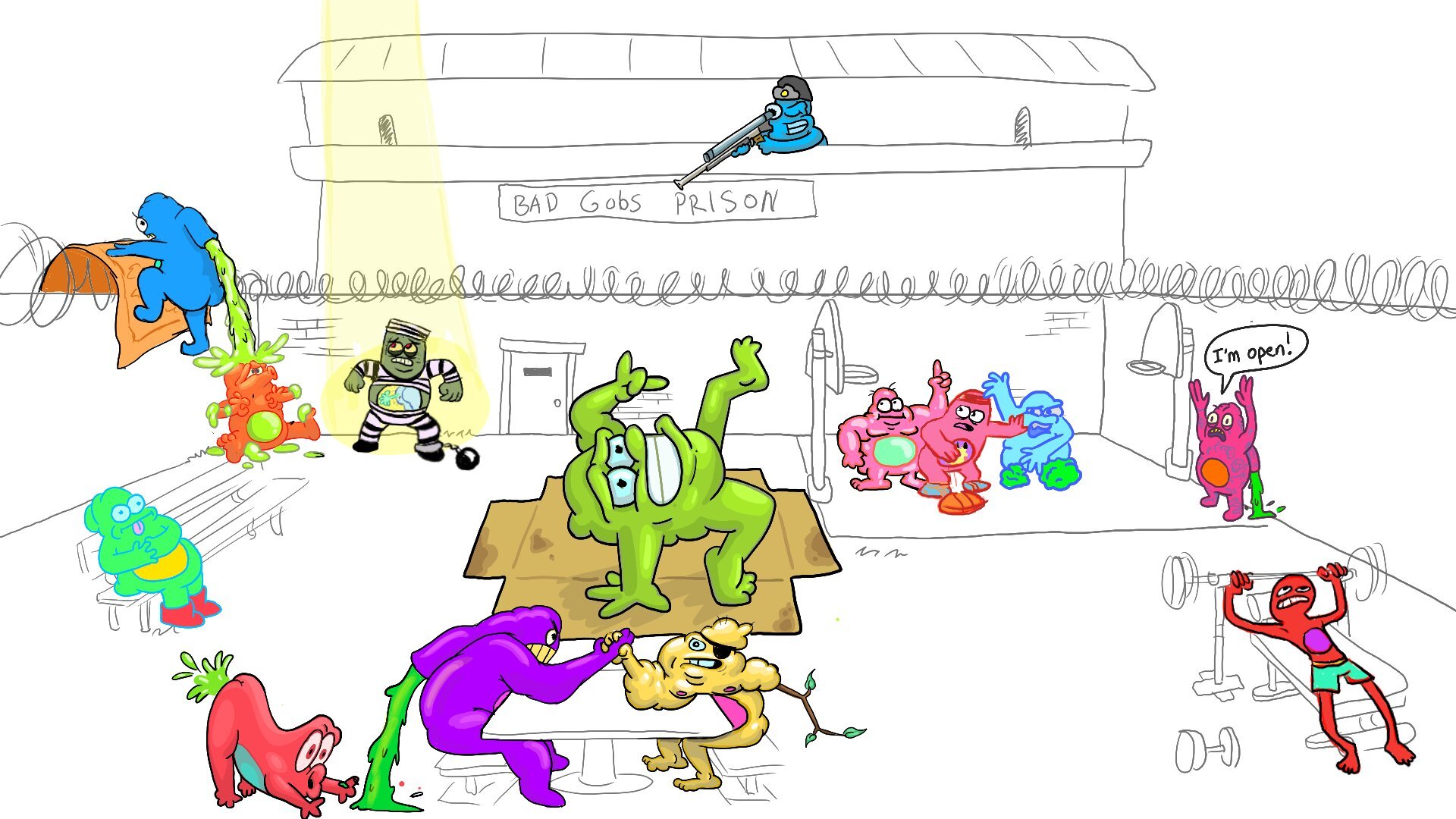
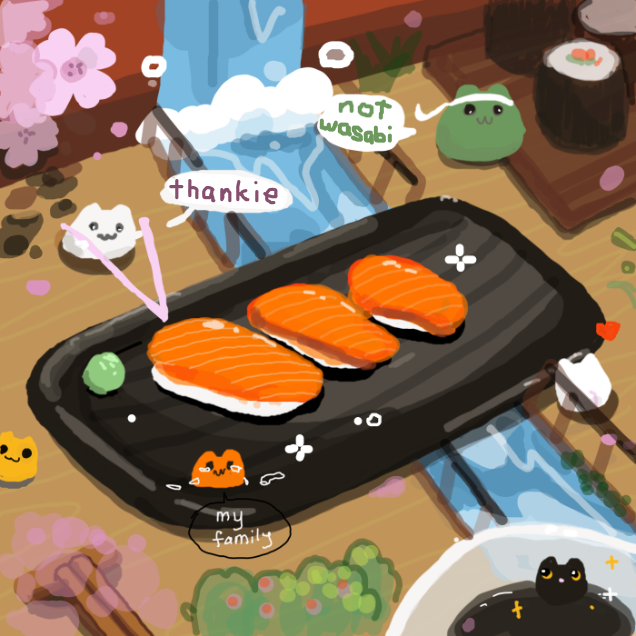
Three artworks created in the Art Gobblers ecosystem
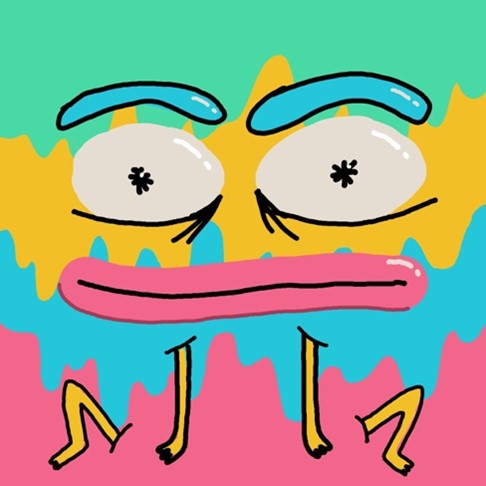
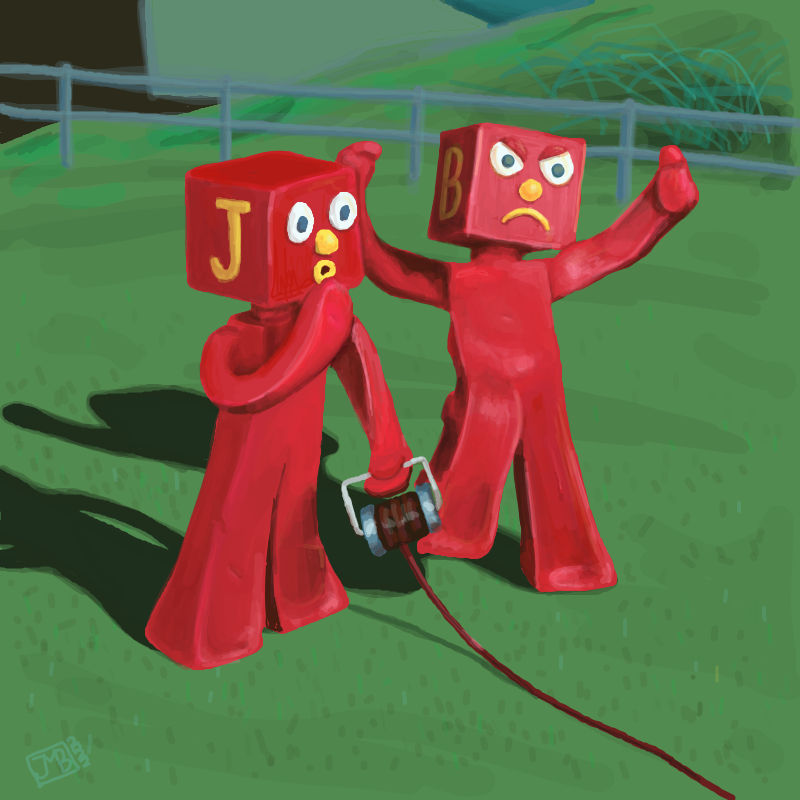
The Art Gobblers project was released on October 31 at 4:20PM EDT. Just three hours later, Coindesk reported that the project had seen over 9,600 ETH in trading volume, despite having been a free mint for those on the allowlist. The rapid trading activity sparked intense debates on Twitter and Discord, with many questioning how the project managed to garner such attention during a bear market. The market chatter unfortunately drowned out a key aspect of Art Gobblers: the on-chain game is designed to build an alternative art market. With a backstory about aliens and a simple drawing tool, Art Gobblers is a system for creating cultural value that places more importance on provenance and curation than the NFT market’s usual free-for-all, but prizes silliness and fun rather than the traditional art market’s purported values of legacy and rigor.
Developed by Justin Roiland, co-creator of the animated series “Rick and Morty,” and web3 investment firm Paradigm, Art Gobblers is a “decentralized art factory owned by aliens” that will run for ten years. There is no roadmap, and it’s up to the community to decide how the experiment will unfold. The Gobblers are figures that squirt goo and eat art, depicted in 2D illustration and animation in a style familiar to “Rick and Morty” fans. The project’s key premise is that, as artists within the Gobblers’ universe create good art, the community will gain cultural relevance and collectors’ support, incentivizing more artists to create. To this end, the project is designed with utility tokens and issuance mechanisms that simulate that function of a mini art market. If you own a Gobbler NFT, you have an identity and an entrance into this universe. As described in Paradigm’s “green paper,” Gobblers accumulate goo, represented by ERC-20 utility tokens, at a rate determined by what the company calls Gradual Ownership Optimization and Variable Rate Gradual Dutch Auction mechanisms. These ensure a steady release of goo at a price responsive to market participation. Goo can be used to purchase Gobblers or Blank Page NFTs; the latter enable you to mint artworks created with Art Gobblers’ web-based drawing tool as ERC-721 tokens through a process called “glamination.” When you feed a Page to a Gobbler, the artwork appears in its “belly gallery,” creating a link of provenance between the individual artwork and the collection it belongs to. Many projects build their audience and justify their mint price with the promise of future unrealized profits, accompanied by possible airdrops, access to collaborations, further allowlist spots, and other utility to be developed over time. In contrast, owning a Gobbler grants access to a community of artists and collectors.
To mint works through the Art Gobblers system, you either need social connections or purchasing power.
The drawing tool is public and can be used by anyone. You could use it to create an artwork, download it, and then mint it on any marketplace you’d like. To mint the work into the Art Gobblers universe, however, you must own a Blank Page NFT. If you were lucky enough to be on the Art Gobblers’ allowlist, then you could mint a Gobbler for free, and accumulate goo until you had enough to mint a Blank Page. If you were not on that list, then to take part you’ll need to be able to afford a Gobbler or a sufficient amount of goo—or you can be invited by a Blank Page holder to glaminate your artwork onto their page. This process limits the number of artists who can mint works through the Art Gobblers system. You either need to have social connections—to have been on the allowlist or to get invited by a Page holder to glaminate—or purchasing power.

The Art Gobbler drawing tool is fairly basic, with a square canvas that can accommodate a maximum of two thousand actions on five layers. You can connect your wallet to save your progress on the draw tool, share it as a link and via Twitter as a playback of your process, or download the drawing to your device as a png file. The drawing tool’s format has a keen focus on digital painting and 2D illustrations, true to Roiland’s background and to the medium in which the official Art Gobblers visuals are created. The tool was launched and shared with the Art Gobblers Discord community and Twitter followers on August 17, more than two months prior to the mint going live. Artists such as Bryan Brinkman and Leon Karssen began sharing their works created with it while the team and community members hosted drawing sessions and Pictionary games on Discord, even encouraging members to create artworks responding tostories from the Art Gobblers universe told on Twitter. For example, when protagonist Ned Jeffers was under trial for trying to escape the aliens’ captivity, he was asked to create a drawing to prove he should be freed. The character’s Twitter then ran a drawing contest for a little less than 24 hours, in which the winning artist was awarded an allowlist spot.
Although the project is still in its early phases, its basic premise has parallels to initiatives like SuperRare Spaces or Nifty Gateway Publishers. In these cases, a smaller number of people are selected as owners of storefronts and are able to control which artists can sell through them, rather like how gallerists and dealers can operate within the brick-and-mortar art market. But Art Gobblers has further mechanisms that gamify the process. Gobblers follow a rarity distribution that determines how fast your Gobbler produces goo. The more Gobblers you own, the faster they produce goo collectively. There are plans to release a Legendary Gobbler through a Dutch auction starting at the price of 69 Gobblers. The highest bidder must sacrifice that amount of regular Gobblers. These mechanisms incentivize owners to hold their bags and accumulate, creating a kind of economy of scale in which the more you have, the easier and more efficient it will be for you to gain. The rich get richer. As the game progresses, the ownership of Gobblers and goo will likely become concentrated in the hands of a few. This, in turn, will directly cut the number of people who can decide which artists and what kinds of artwork can be minted in the Art Gobblers ecosystem. The green paper says that “issuance is relatively fast at first to bootstrap growth, but slows and eventually stops to preserve exclusivity,” which demonstrates that this phenomenon is part of the game’s design. But individual holders and the community as a whole can decide how this dynamic will unfold over time. A group of owners could bring their resources together to reap the benefits of collectively owning multiple Gobblers, for example, and distribute the rewards and subsequent decision-making power that comes with accumulating goo back to contributing individuals. Owners could also contribute towards a shared pool of goo and decide, as a community, which artists to support and bring into the ecosystem. Such strategies could challenge the game’s predetermined economics in small scales, but are ultimately unlikely to subvert the system entirely because individual holders are still rewarded for maximizing their own accumulation.
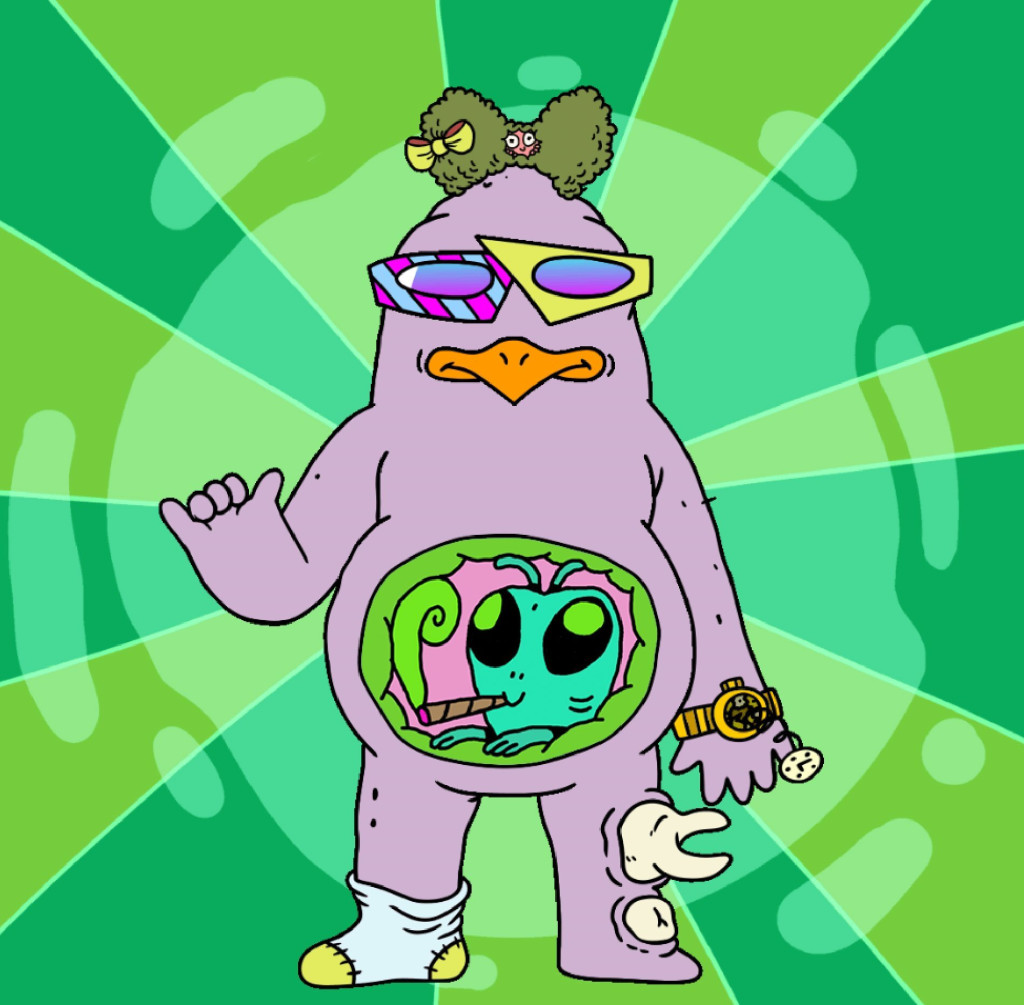
To incentivize artists to mint their works through the Art Gobblers universe, the project has to demonstrate it has enough cultural relevance and access to collectors that artists would find value in glaminating rather than taking their artwork to any other NFT platform. Similarly, collectors have to see value in the Art Gobblers project itself to participate. One of the key features that differentiates the collecting experience in the Gobblers universe from any other is the collector’s ability to “feed” the artwork minted on a Blank Page NFT to a particular Gobbler by interacting with the token’s smart contract through Etherscan. This process ties the on-chain provenance of the artwork and the Gobbler immutably. If the Gobbler is resold or transferred to a new wallet, the linked artwork will follow it and continue to be displayed within this particular Gobbler’s “belly gallery.” While it may sound silly for your green alien to be gobbling artworks, this mechanism uses the project’s smart contract capabilities to explore a more permanent outlook toward collecting and stewarding a collection in the NFT space—a contrast to the stereotypical flipping of PFPs. It also leans into the importance of provenance, quite literally demonstrating how the collector’s overall behavior and reputation can directly impact the context in which the work is stored and shown. Outside the alien’s belly, the artwork can still be shown in virtual galleries like OnCyber and other more, conventional sites of display.
As the game progresses, the ownership of Gobblers and goo will likely become concentrated in the hands of a few.
As the project unfolds over the next ten years, we will see how artists, collectors, and other multitudes of potential Gobblers participate in and influence the shape of the goo-driven art market. While the project presents itself as an alternative universe run by aliens, it mimics and continues the structures of existing art markets governed by an exclusive elite, without attempting to imagine otherwise. That said, Art Gobblers is a novel attempt at building not only an on-chain game, but also a subsidiary art economy away from the pomp and pomposity of the traditional canon, potentially carving out new spaces for different artist communities to thrive.
Clara Che Wei Peh is a curator and art writer based in Singapore.
